Home>Furniture & Design>Office Furniture>How Does An Office Chair Gas Cylinder Work
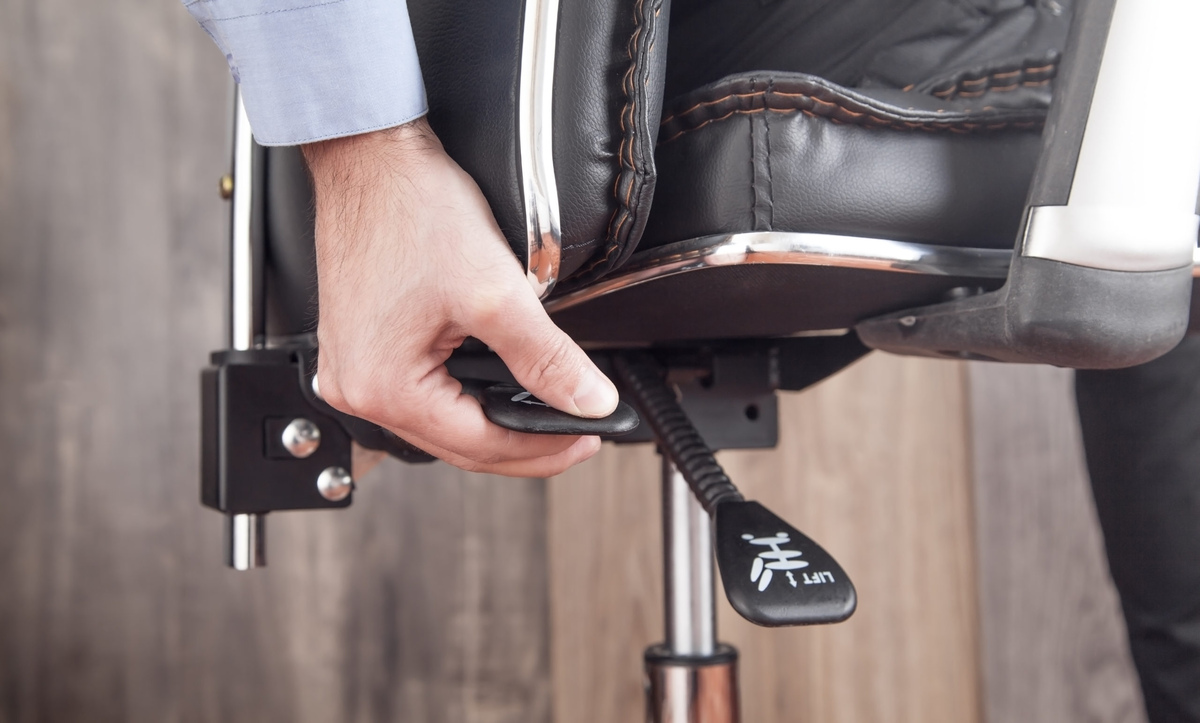

Office Furniture
How Does An Office Chair Gas Cylinder Work
Modified: January 14, 2024
Learn how an office chair gas cylinder works and the importance of this component in office furniture design. Find out more about office furniture and design.
(Many of the links in this article redirect to a specific reviewed product. Your purchase of these products through affiliate links helps to generate commission for Storables.com, at no extra cost. Learn more)
Introduction
Office chairs are essential pieces of furniture in any workplace. They provide comfort and support for employees who spend long hours sitting at their desks. One crucial component of an office chair that often goes unnoticed is the gas cylinder. This unassuming yet vital part is responsible for the smooth height adjustment feature that allows users to customize the chair to their preferred seating position.
In this article, we will delve into the inner workings of an office chair gas cylinder, exploring its components, functionality, and the importance of proper maintenance. By understanding how this integral part operates, you will gain valuable insights into ensuring the longevity and optimal performance of your office chair.
Key Takeaways:
- The gas cylinder in an office chair allows for easy height adjustment, promoting comfort and reducing strain. Regular maintenance and timely replacement ensure a safe and ergonomic seating experience.
- Understanding the gas cylinder’s components and working mechanism empowers users to optimize their office chair’s performance and longevity. Prioritizing maintenance and recognizing signs for replacement are key for a comfortable and adaptable workspace.
Read more: How To Change An Office Chair Cylinder
Understanding the Office Chair Gas Cylinder
Before we delve into the specifics of how an office chair gas cylinder works, it’s essential to grasp its fundamental purpose and design. The gas cylinder, also known as the pneumatic lift or gas lift, is responsible for the seamless height adjustment feature found in most modern office chairs. By utilizing compressed gas, typically nitrogen, the cylinder enables users to raise or lower the chair to their desired height with minimal effort.
One of the primary advantages of a gas cylinder-equipped office chair is its versatility. This feature allows individuals of varying heights to customize the chair’s position, promoting ergonomic comfort and reducing the risk of discomfort or strain during extended periods of sitting. Additionally, the smooth and efficient adjustment mechanism enhances the overall user experience, contributing to a more productive and comfortable work environment.
Understanding the gas cylinder’s role in an office chair’s functionality underscores its significance in promoting a healthy and ergonomic workspace. By providing users with the ability to tailor the chair’s height to their specific needs, the gas cylinder contributes to improved posture, reduced physical strain, and enhanced overall well-being.
Components of an Office Chair Gas Cylinder
While the office chair gas cylinder may appear as a seemingly simple component, it comprises several essential parts that work in harmony to facilitate seamless height adjustment. Understanding the key components of the gas cylinder provides insight into its inner workings and the factors that contribute to its durability and functionality.
1. Cylinder Body: The main body of the gas cylinder is typically constructed from durable steel or aluminum, ensuring structural integrity and resistance to pressure. It houses the internal components and serves as the primary structure that supports the weight of the user and the chair.
2. Piston: The piston, located within the cylinder body, is responsible for regulating the flow of compressed gas to facilitate smooth height adjustments. It moves up and down within the cylinder in response to changes in pressure, enabling the chair to be raised or lowered with ease.
3. Seals and O-Rings: These crucial components ensure airtight and leak-free operation of the gas cylinder. High-quality seals and O-rings prevent gas leakage and maintain consistent pressure, contributing to the cylinder’s reliability and longevity.
4. Gas Spring: The gas spring, or pneumatic spring, is a key element of the gas cylinder, containing the compressed gas that powers the height adjustment mechanism. It stores potential energy in the form of compressed gas, which is released or contained to facilitate smooth and controlled movement of the piston.
5. End Fittings: The end fittings of the gas cylinder are crucial for secure attachment to the chair’s seat plate and base. They provide stability and support, ensuring that the cylinder remains securely in place during use.
Understanding the intricate components of an office chair gas cylinder sheds light on the engineering precision and thoughtful design that underpin this essential part. Each element plays a vital role in ensuring the reliable and effortless functionality of the gas cylinder, ultimately contributing to a superior seating experience for users.
When using an office chair gas cylinder, make sure to adjust the height slowly and evenly to avoid sudden drops or rises. This will help maintain the stability and longevity of the chair.
Working Mechanism of an Office Chair Gas Cylinder
The working mechanism of an office chair gas cylinder is a testament to precision engineering and thoughtful design, culminating in a seamless and intuitive height adjustment feature. Understanding how the gas cylinder operates provides valuable insight into the intricate processes that enable users to effortlessly customize their seating position.
When a user applies downward pressure on the chair while seated, the piston within the gas cylinder compresses the gas stored in the gas spring. This compression increases the pressure within the cylinder, creating a force that counteracts the user’s weight and maintains the desired height position. Conversely, when the user wishes to lower the chair, the release of pressure within the cylinder allows the piston to move downward, thereby reducing the chair’s height.
The controlled movement of the piston, regulated by the flow of compressed gas, ensures a smooth and gradual adjustment, enhancing user comfort and convenience. The engineering precision of the gas cylinder’s mechanism enables users to achieve their preferred seating height with minimal effort, promoting ergonomic support and adaptability in diverse work environments.
Furthermore, the gas cylinder’s working mechanism is designed to maintain consistent pressure and stability, ensuring that the chair remains securely positioned at the desired height without unexpected fluctuations. This reliability contributes to a dependable and user-friendly seating experience, allowing individuals to focus on their tasks without the distraction of an unstable or unreliable chair height.
Overall, the working mechanism of an office chair gas cylinder exemplifies the fusion of innovative engineering and user-centric design. By seamlessly integrating the principles of pressure regulation and controlled movement, the gas cylinder empowers users to personalize their seating experience, fostering a conducive and ergonomic work environment.
Maintenance and Replacement of an Office Chair Gas Cylinder
Maintaining the functionality and longevity of an office chair gas cylinder is essential for ensuring a comfortable and ergonomic seating experience. By adhering to proper maintenance practices and understanding when replacement is necessary, users can optimize the performance of their office chairs and mitigate potential issues associated with worn or malfunctioning gas cylinders.
Maintenance:
- Regular Inspection: Periodically inspect the gas cylinder for signs of wear, damage, or gas leakage. Check for any unusual noises or inconsistencies in the chair’s height adjustment mechanism.
- Cleaning and Lubrication: Keep the gas cylinder and its components clean and free from debris. Apply a suitable lubricant to moving parts, such as the piston, to ensure smooth operation and prevent premature wear.
- Weight Capacity Awareness: Adhere to the chair’s specified weight capacity to prevent undue stress on the gas cylinder, prolonging its lifespan and maintaining optimal performance.
- Safe Usage: Encourage users to avoid sudden or excessive force when adjusting the chair’s height, as this can impact the gas cylinder’s longevity and functionality.
Replacement:
- Signs of Wear: If the gas cylinder exhibits visible signs of wear, such as corrosion, dents, or gas leakage, it is advisable to consider replacement to prevent potential safety hazards and performance issues.
- Height Adjustment Failure: If the chair’s height adjustment mechanism becomes erratic, uneven, or unresponsive, it may indicate internal issues with the gas cylinder, necessitating timely replacement.
- Professional Replacement: When replacing a gas cylinder, it is recommended to seek the expertise of a professional to ensure proper installation and compatibility with the chair’s design.
- Quality Assurance: Opt for high-quality replacement gas cylinders from reputable suppliers to guarantee durability, safety, and compatibility with the chair’s specifications.
By prioritizing regular maintenance and promptly addressing signs of wear or malfunction, users can prolong the lifespan of their office chair gas cylinders and uphold the chair’s ergonomic functionality. Additionally, staying attuned to the need for replacement when necessary ensures a safe and reliable seating experience, promoting workplace comfort and productivity.
Conclusion
Office chair gas cylinders play a pivotal role in facilitating ergonomic comfort and adaptability within the workplace. Understanding the intricate components and working mechanism of these essential parts underscores their significance in promoting a conducive and user-centric seating experience. By enabling seamless height adjustment, gas cylinders empower individuals to customize their chairs according to their specific ergonomic needs, ultimately contributing to improved posture, reduced physical strain, and enhanced overall well-being.
Moreover, the maintenance and timely replacement of gas cylinders are crucial aspects of preserving the functionality and safety of office chairs. Regular inspection, cleaning, and adherence to weight capacity guidelines are essential practices that promote the longevity of gas cylinders, ensuring consistent and reliable performance. Recognizing the signs that warrant replacement and procuring high-quality replacement cylinders further safeguards users against potential safety hazards and maintains the integrity of their seating solutions.
As workplaces continue to prioritize employee well-being and comfort, the role of office chair gas cylinders in fostering ergonomic support and adaptability cannot be overstated. By embracing proper maintenance practices and recognizing the indicators for replacement, organizations and individuals alike can cultivate ergonomic work environments that prioritize the health and productivity of their workforce.
In essence, the unassuming gas cylinder within an office chair embodies the fusion of precision engineering and user-centric design, laying the foundation for a comfortable and adaptable workspace. By acknowledging its significance and implementing best practices for maintenance and replacement, users can harness the full potential of their office chairs, fostering a harmonious balance between functionality, comfort, and well-being in the modern workplace.
Frequently Asked Questions about How Does An Office Chair Gas Cylinder Work
Was this page helpful?
At Storables.com, we guarantee accurate and reliable information. Our content, validated by Expert Board Contributors, is crafted following stringent Editorial Policies. We're committed to providing you with well-researched, expert-backed insights for all your informational needs.
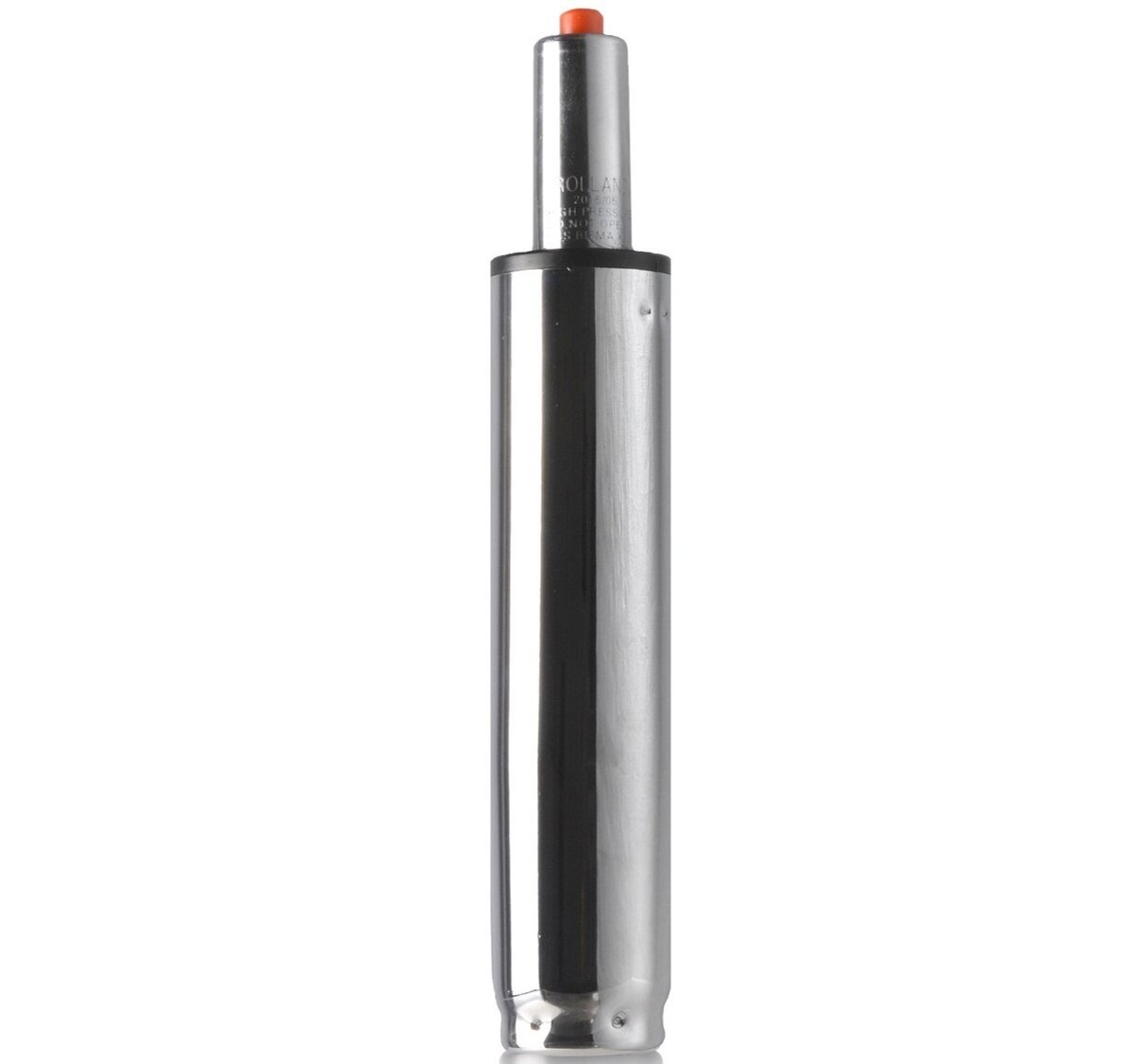

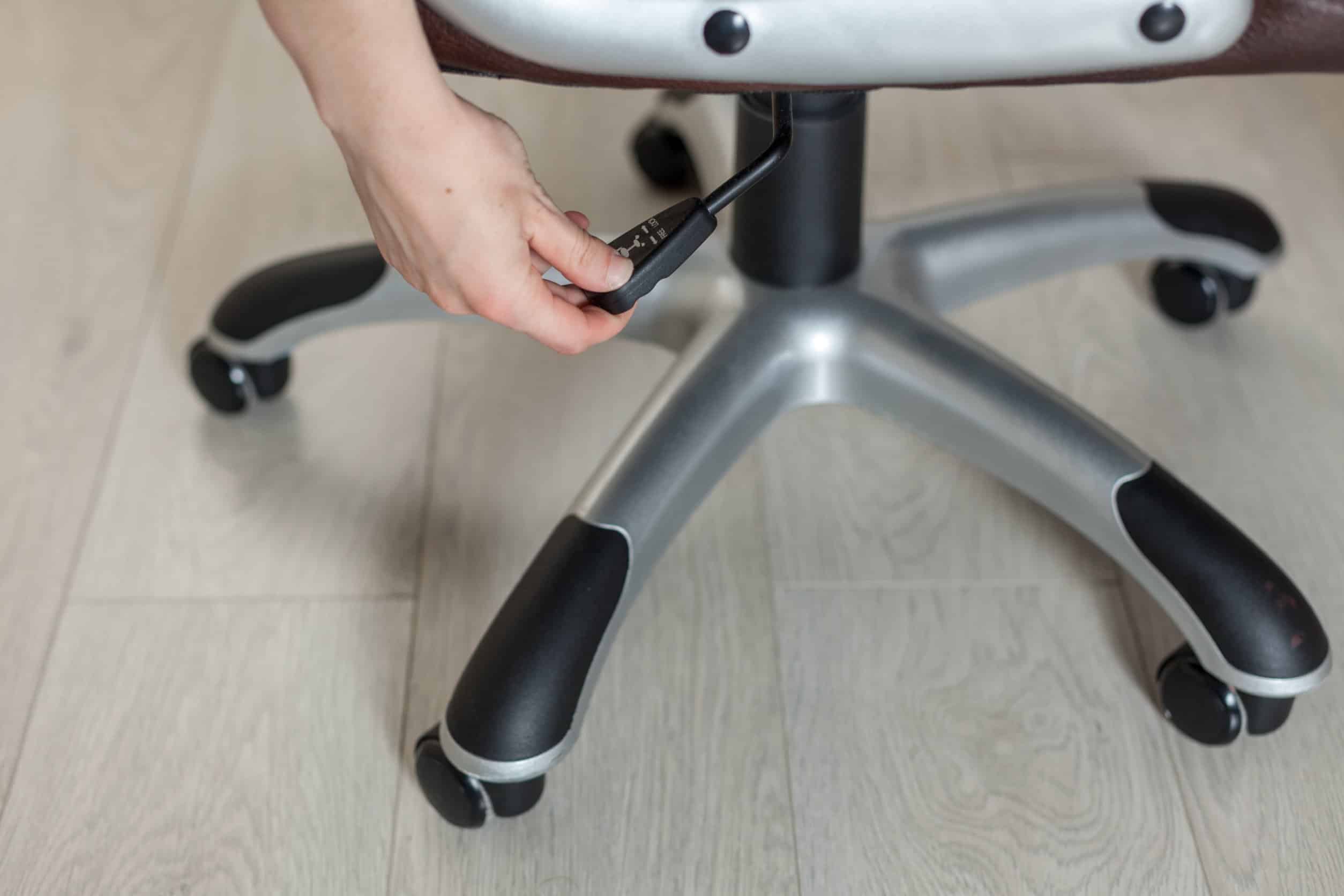
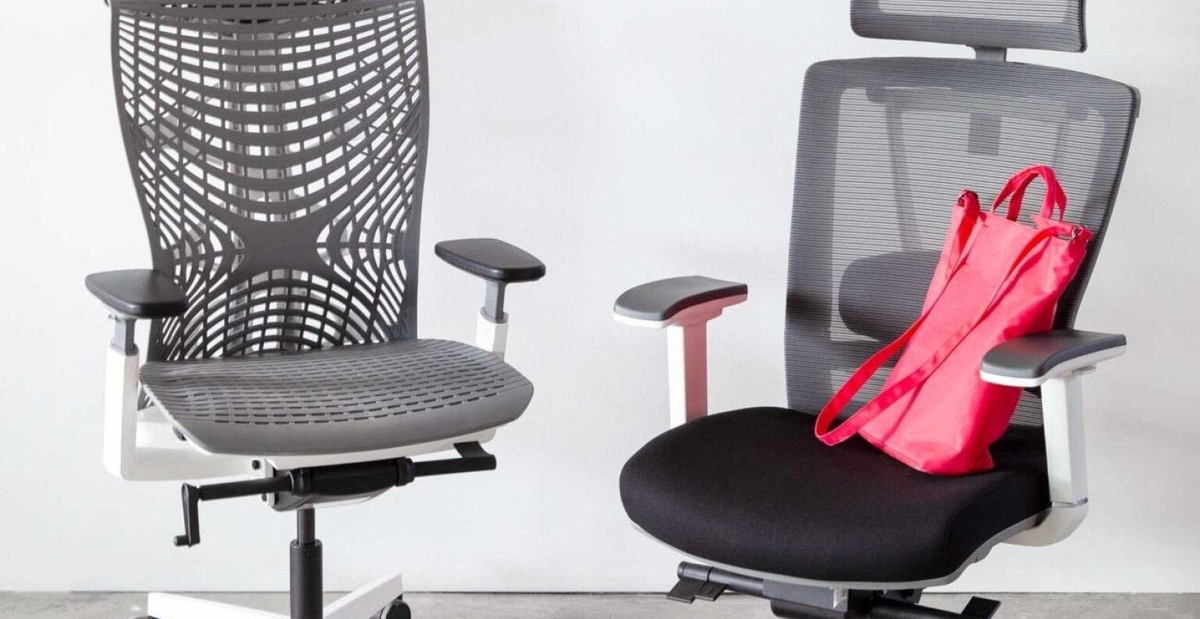
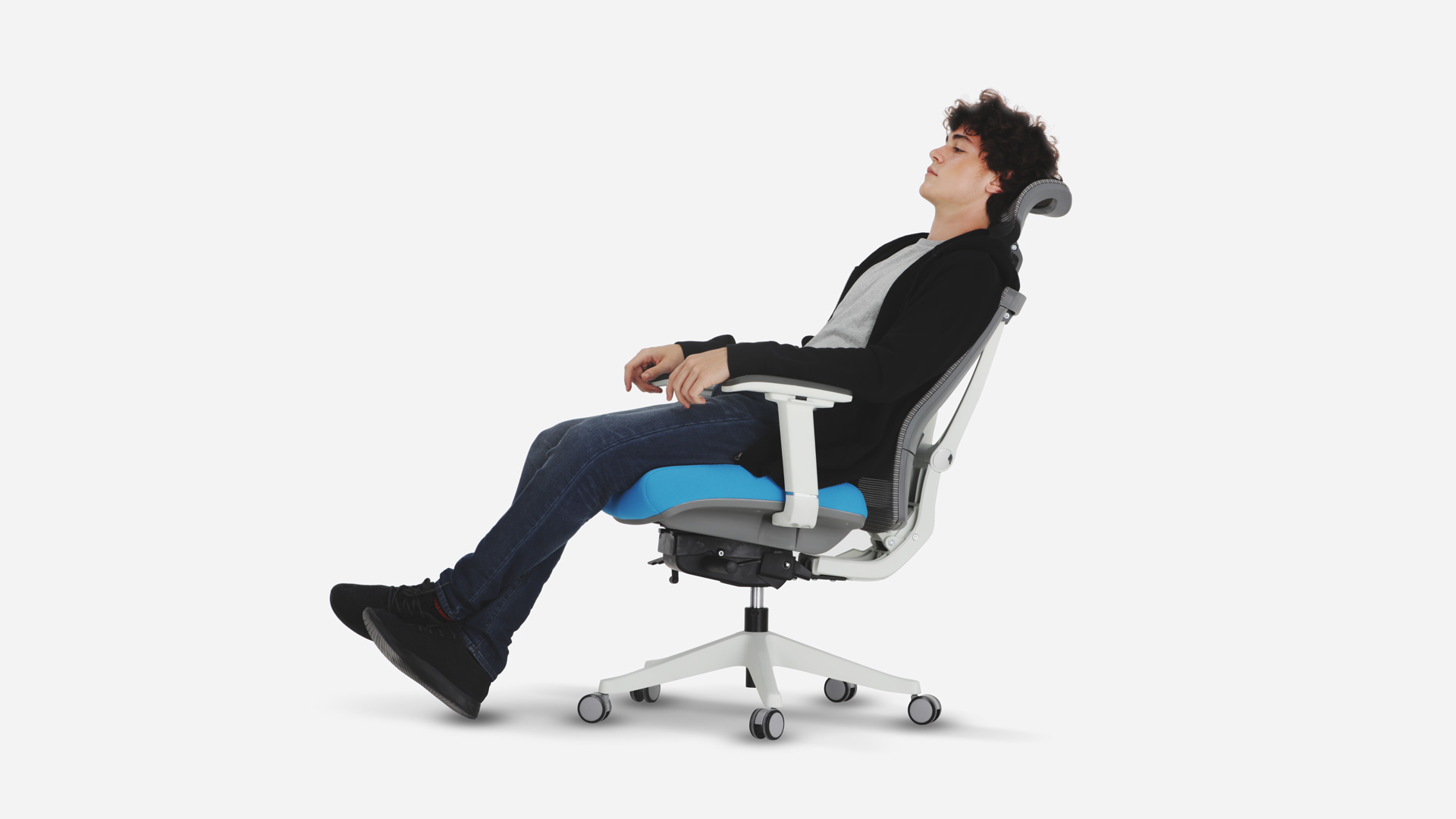



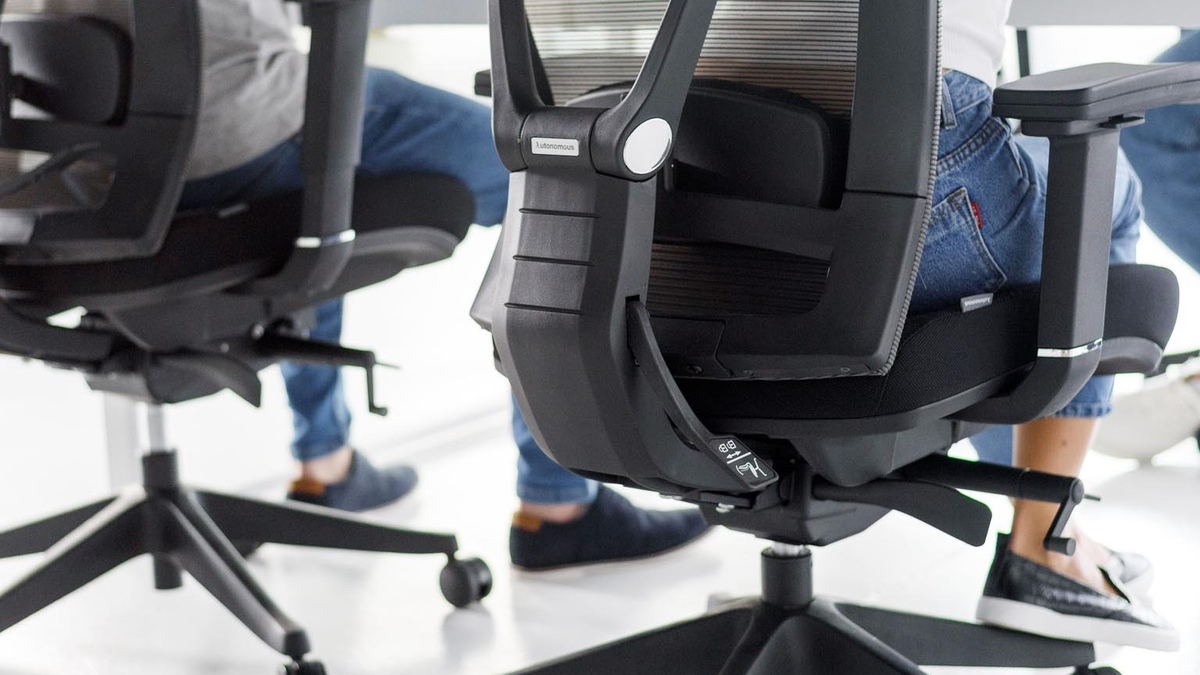
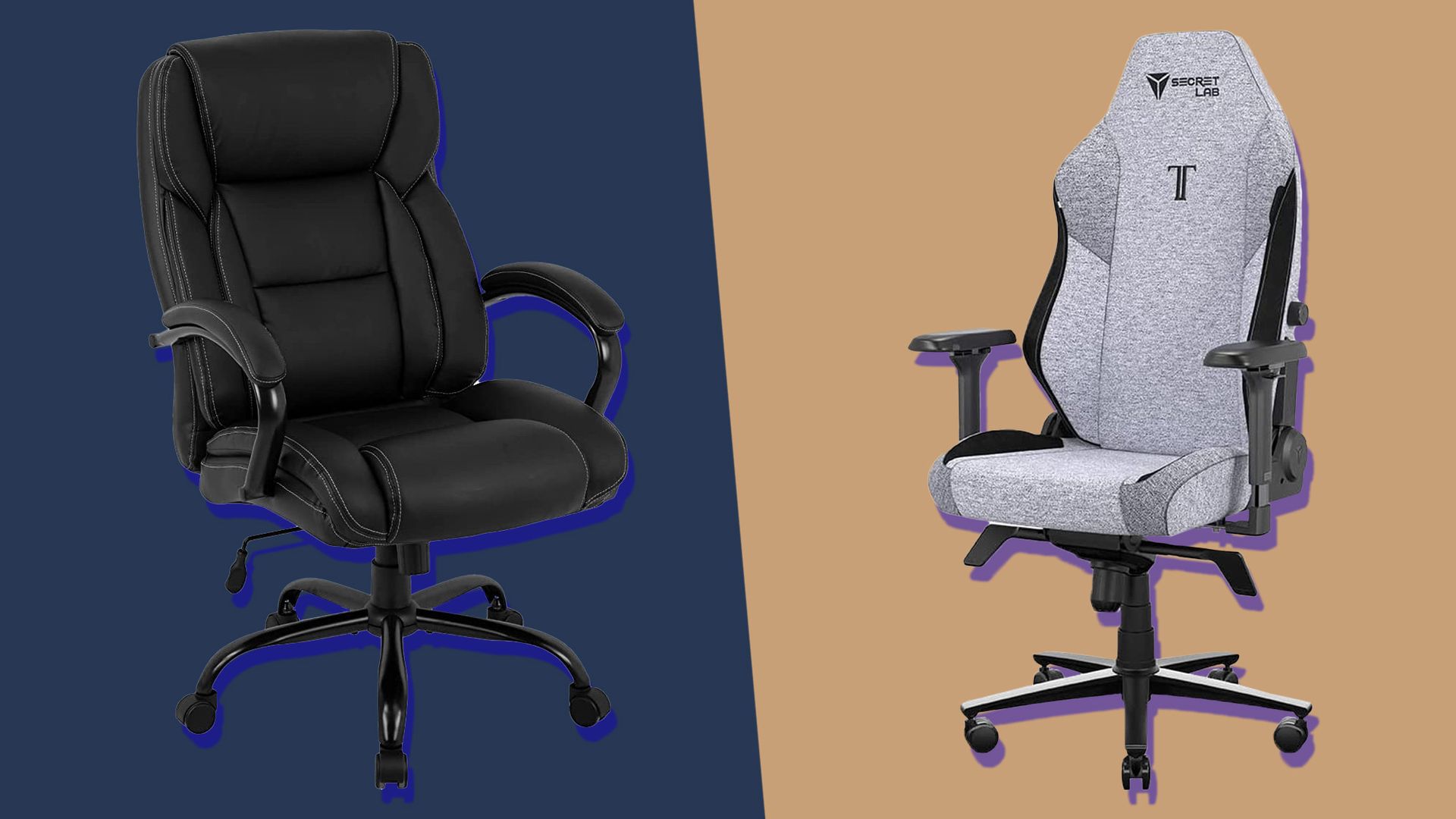

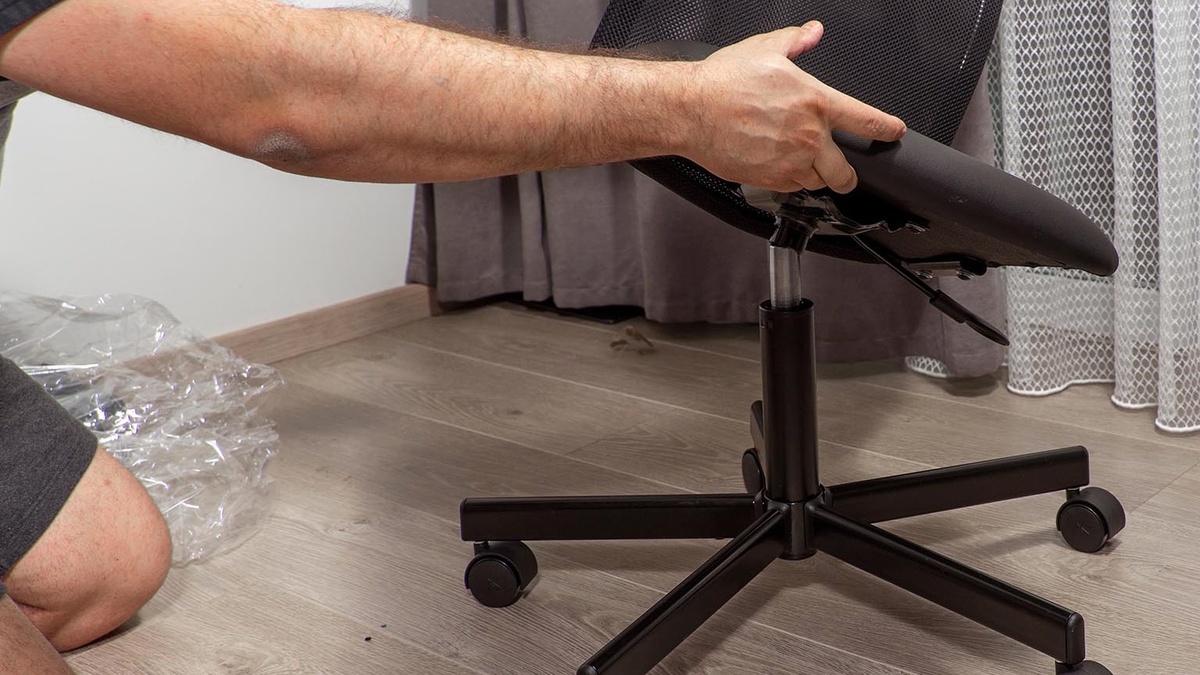
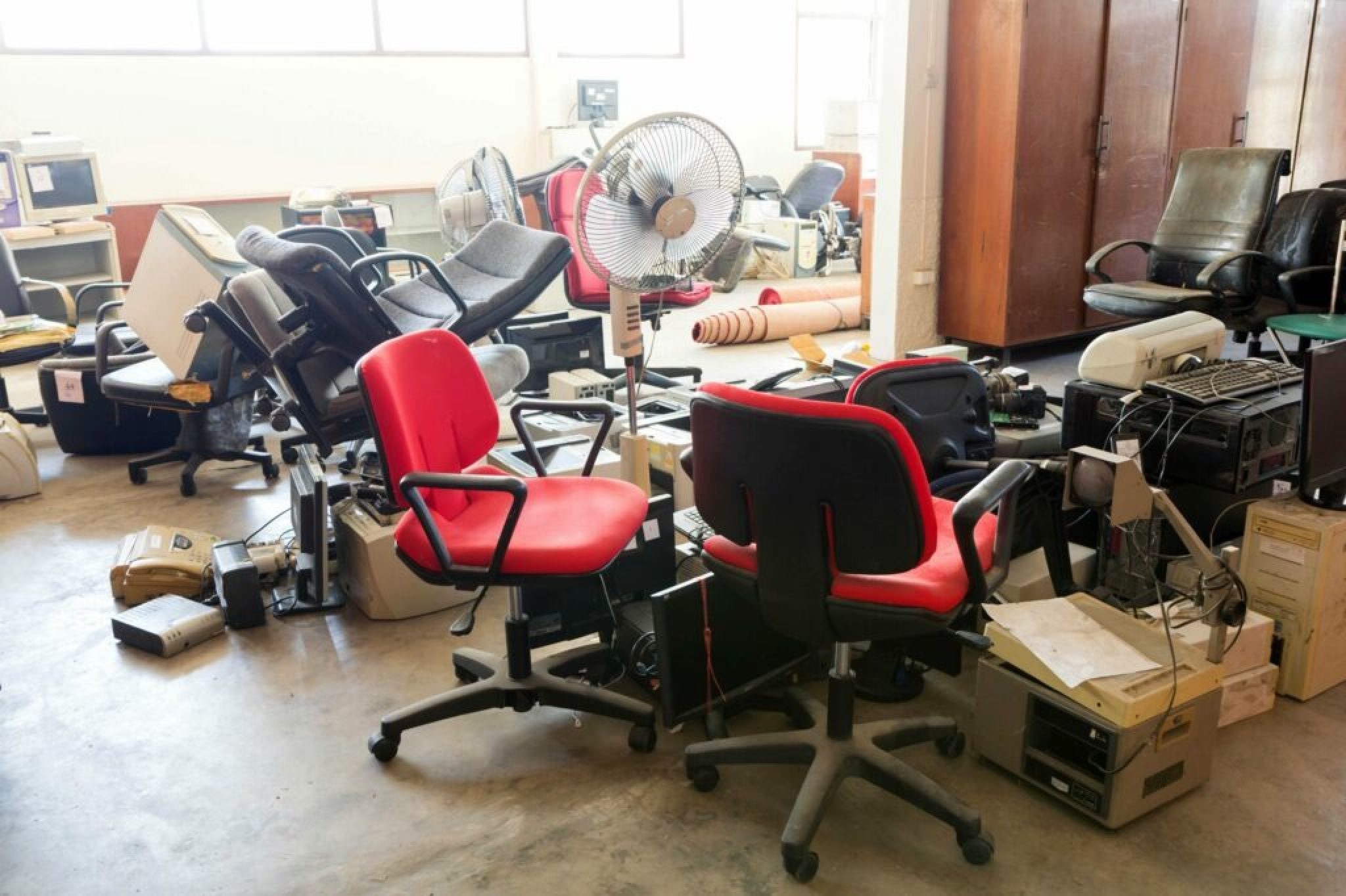
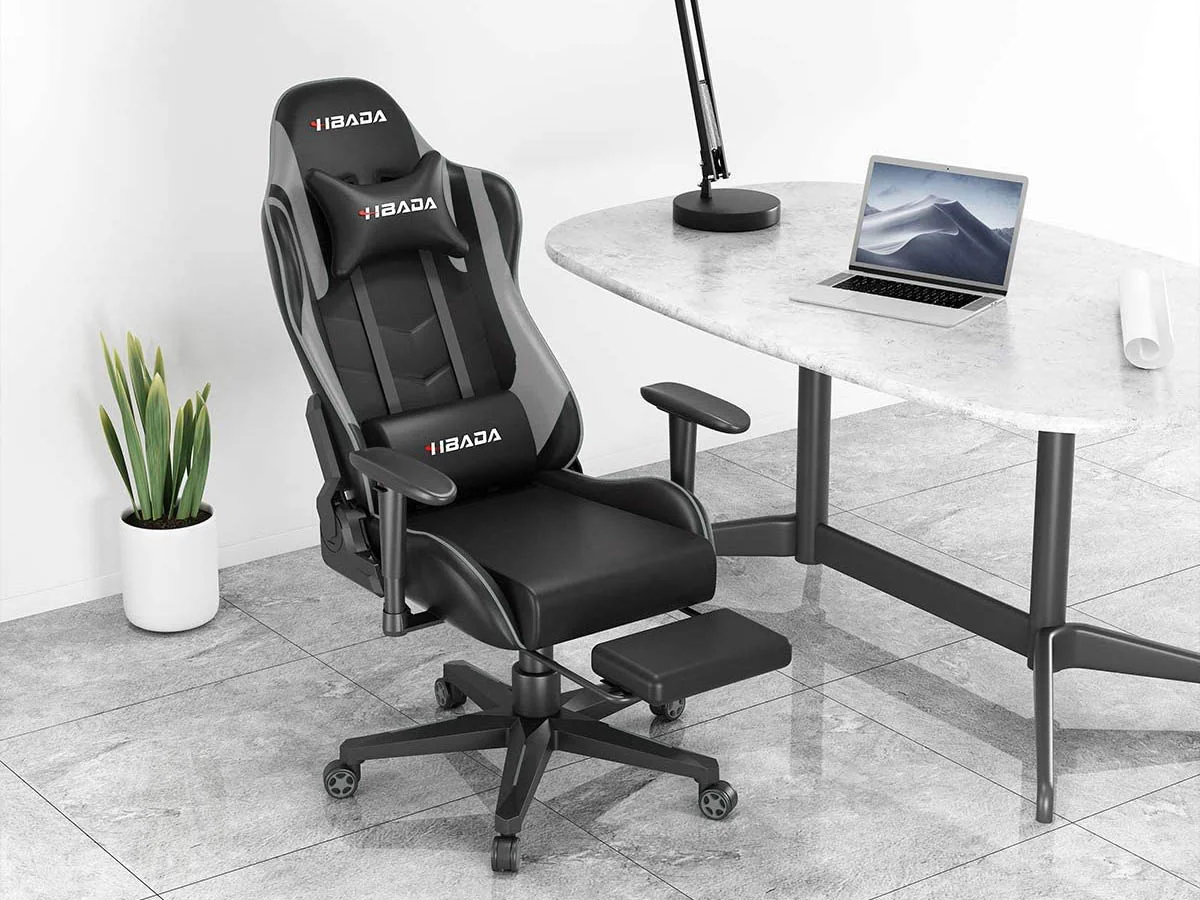

0 thoughts on “How Does An Office Chair Gas Cylinder Work”